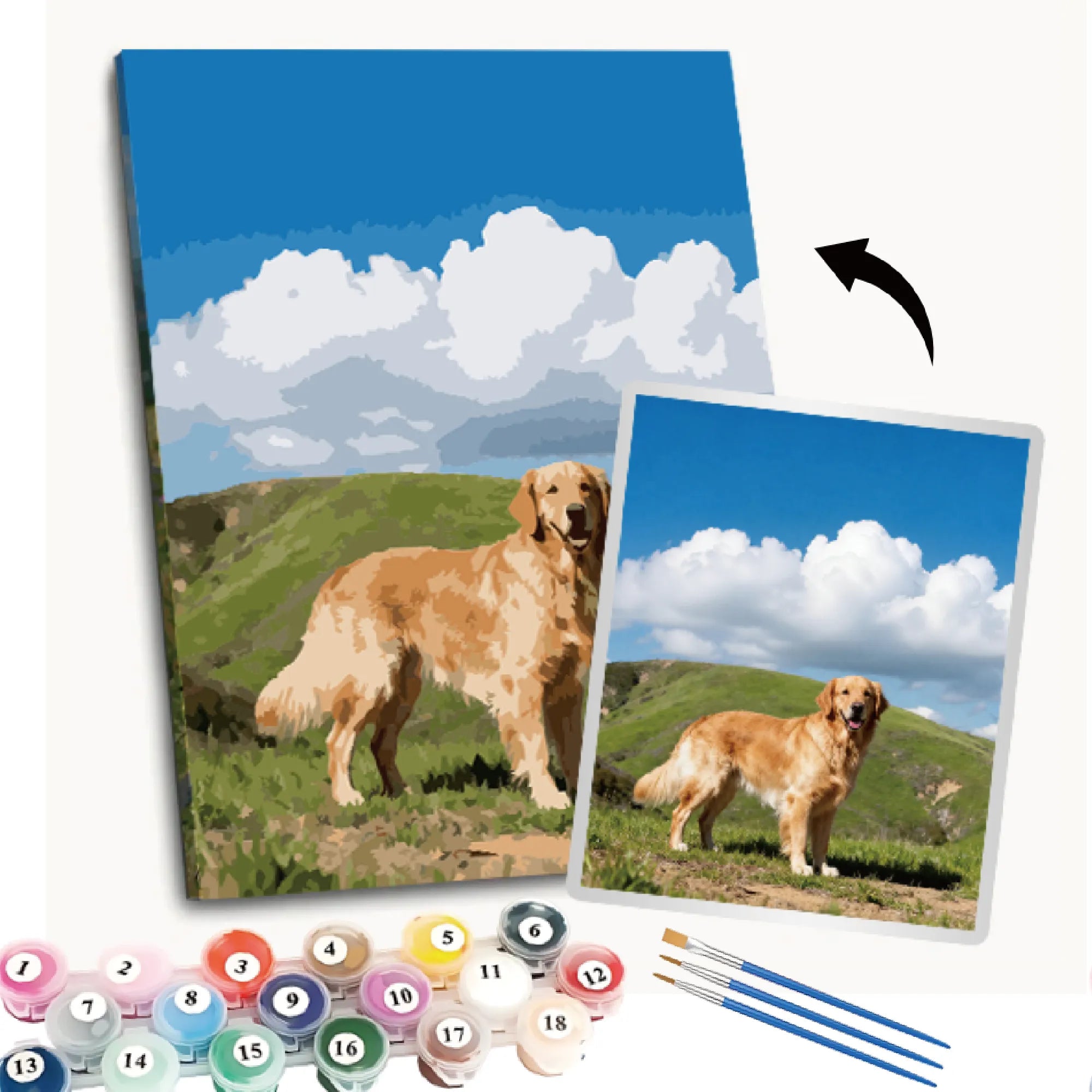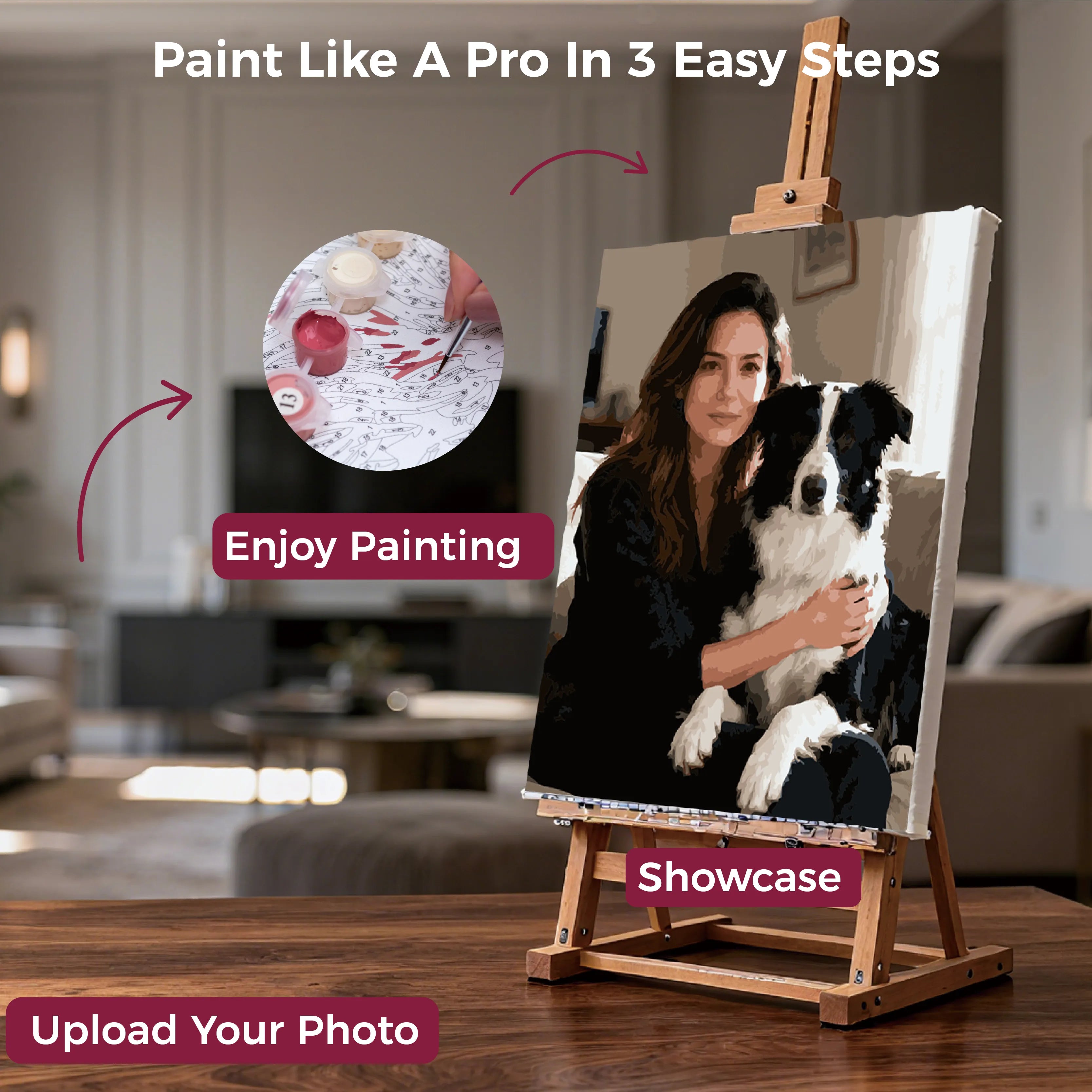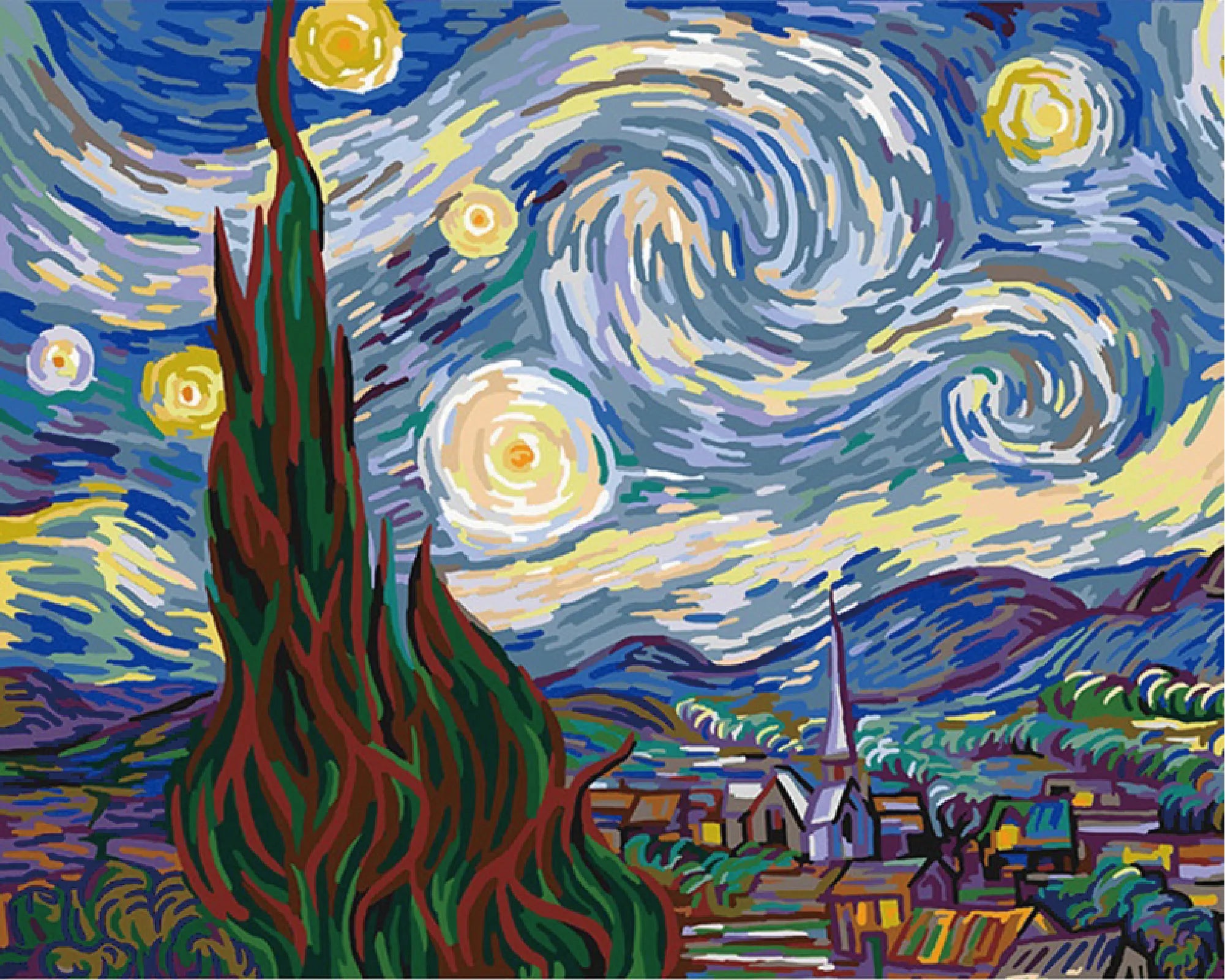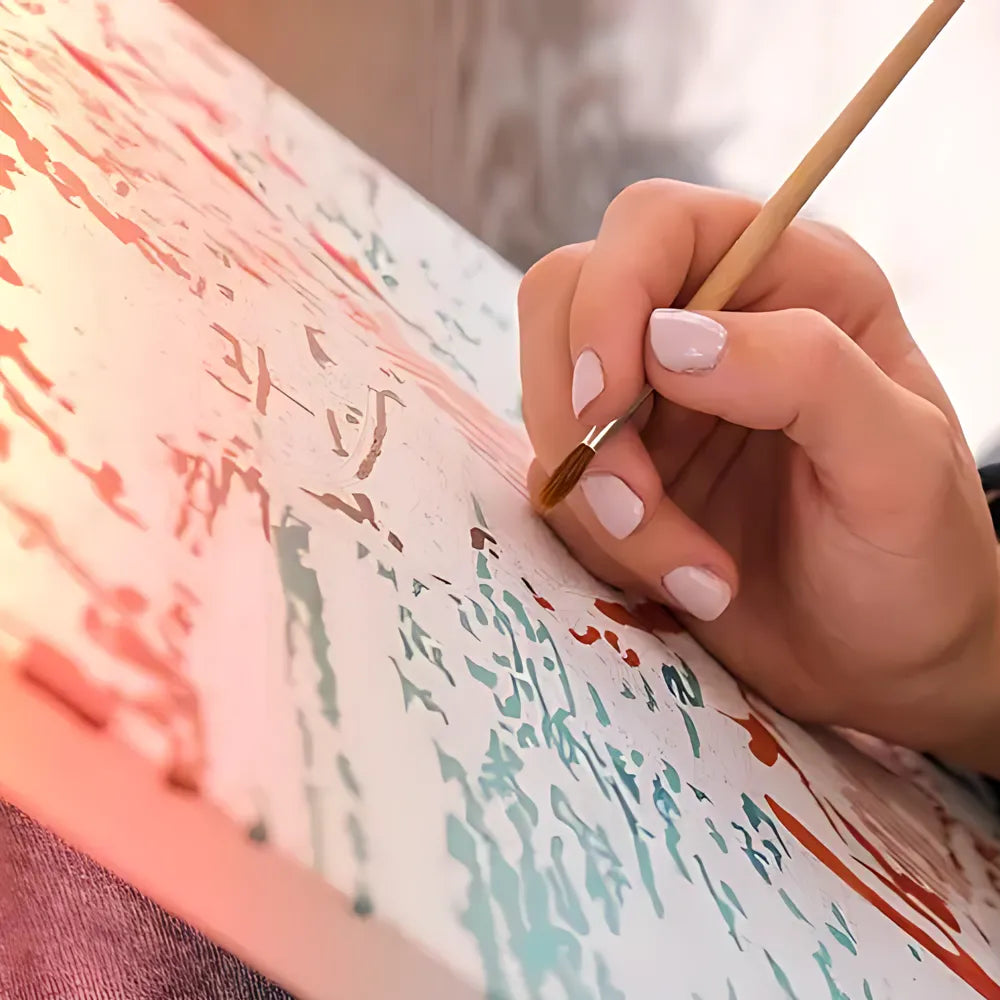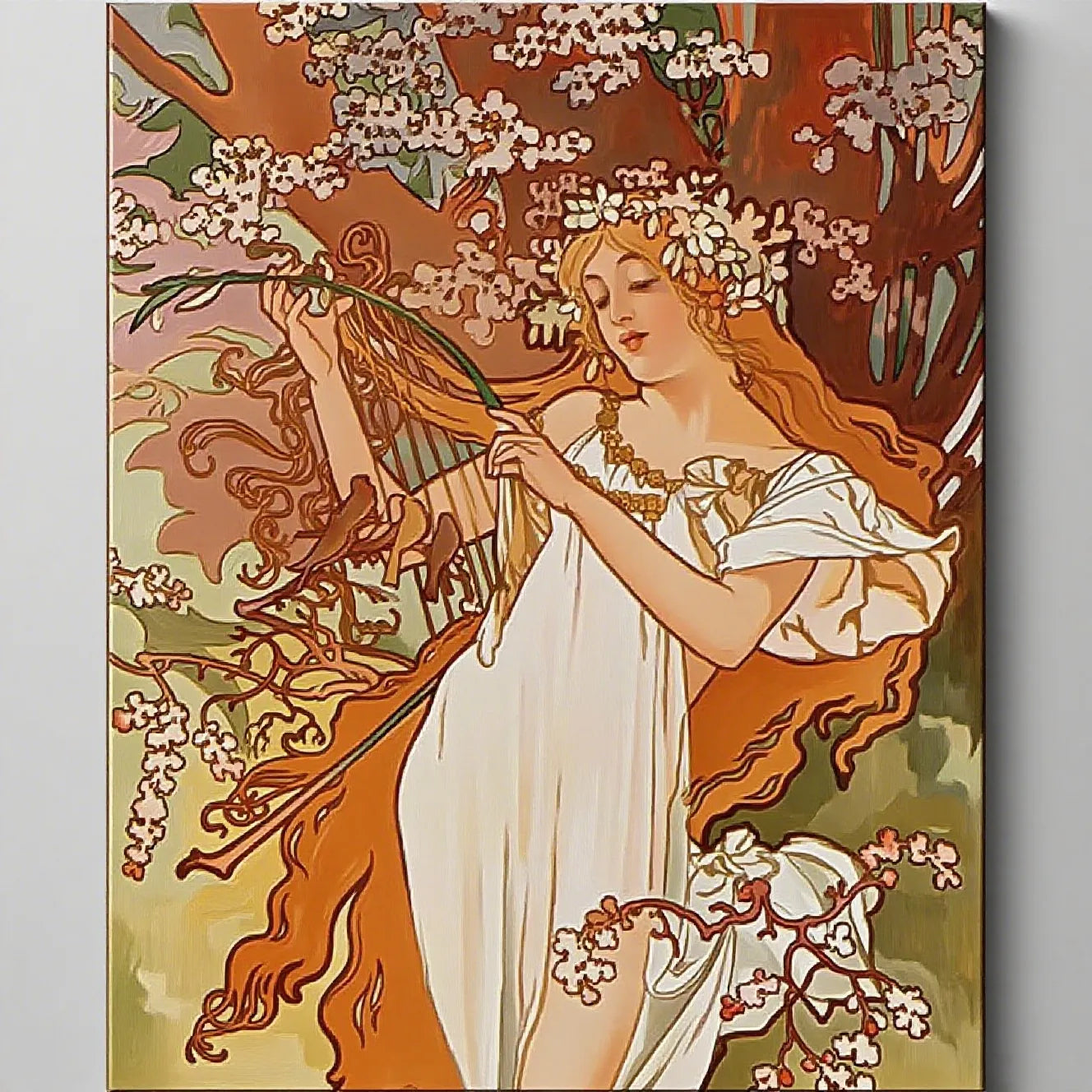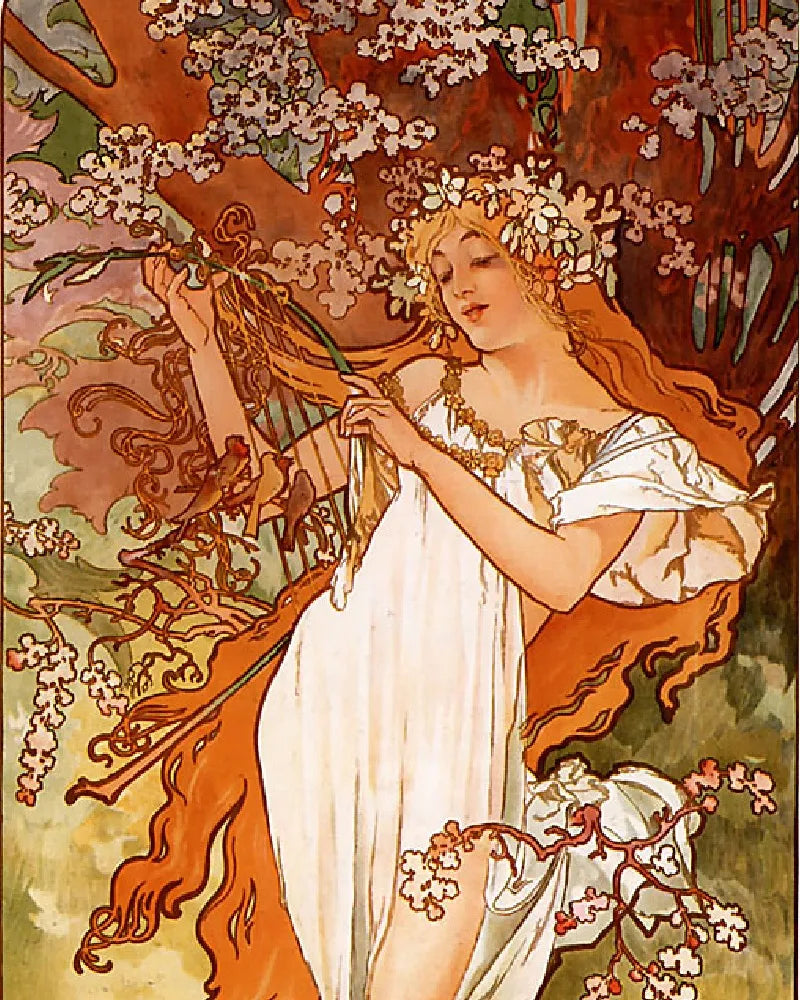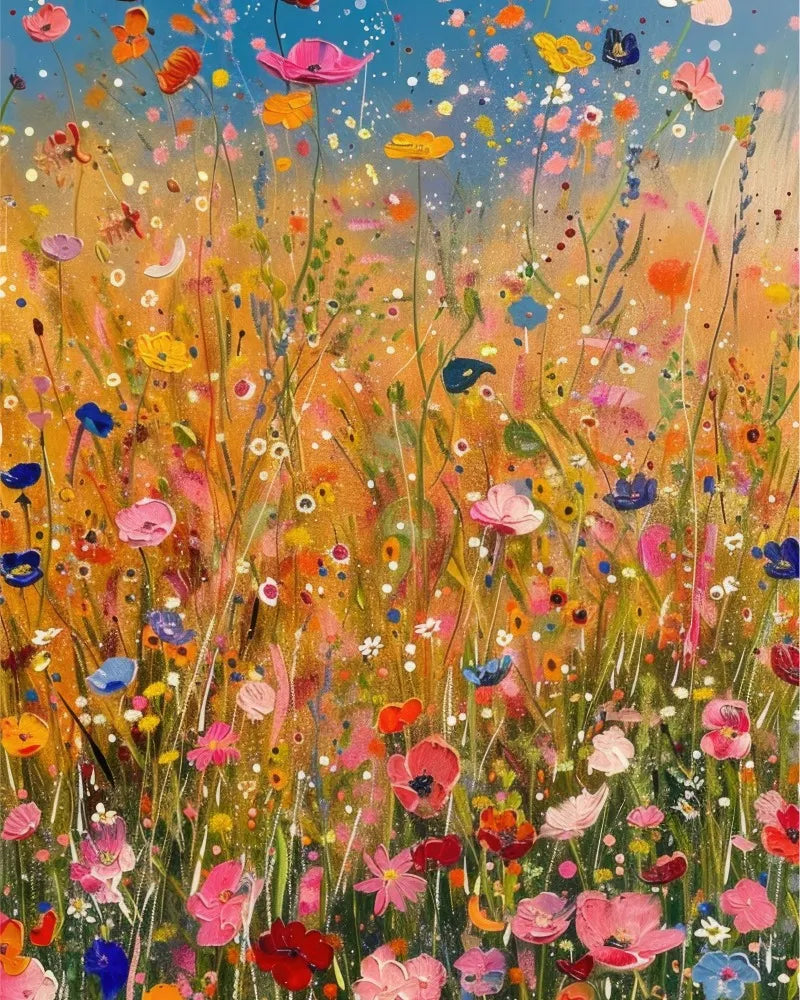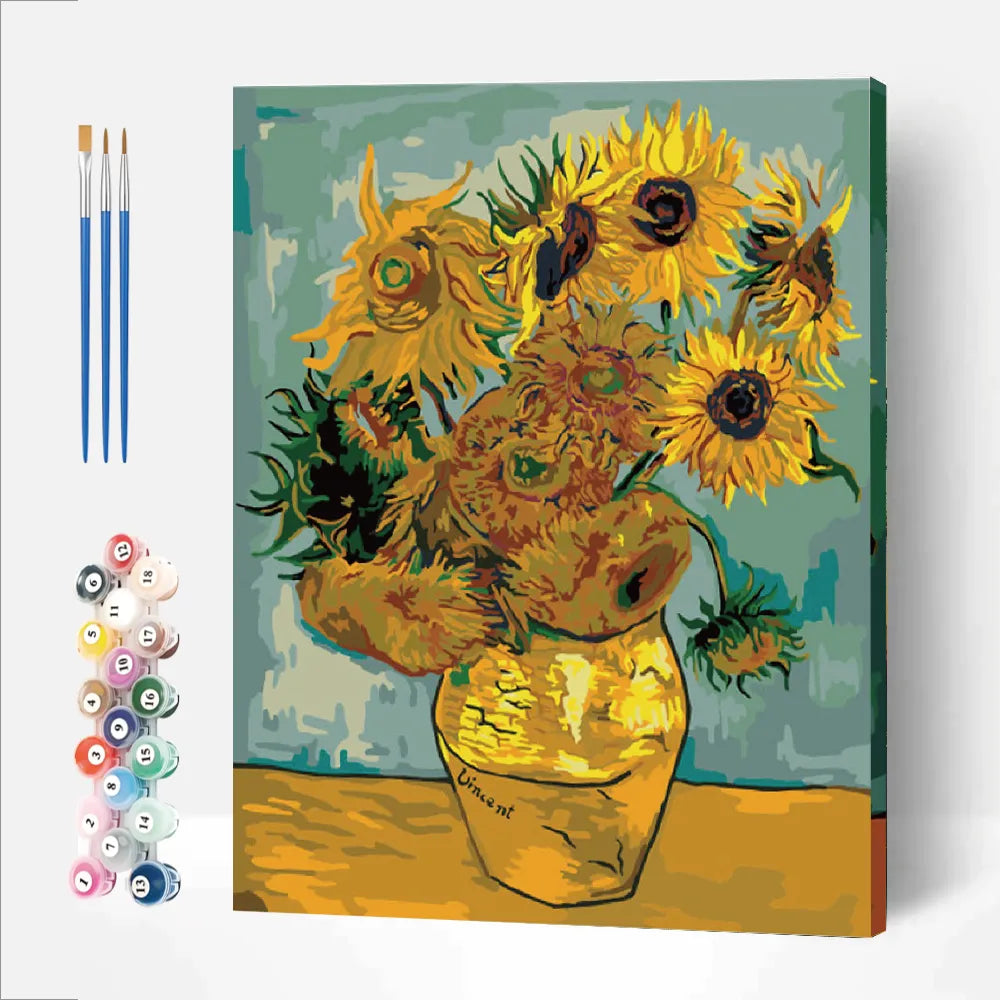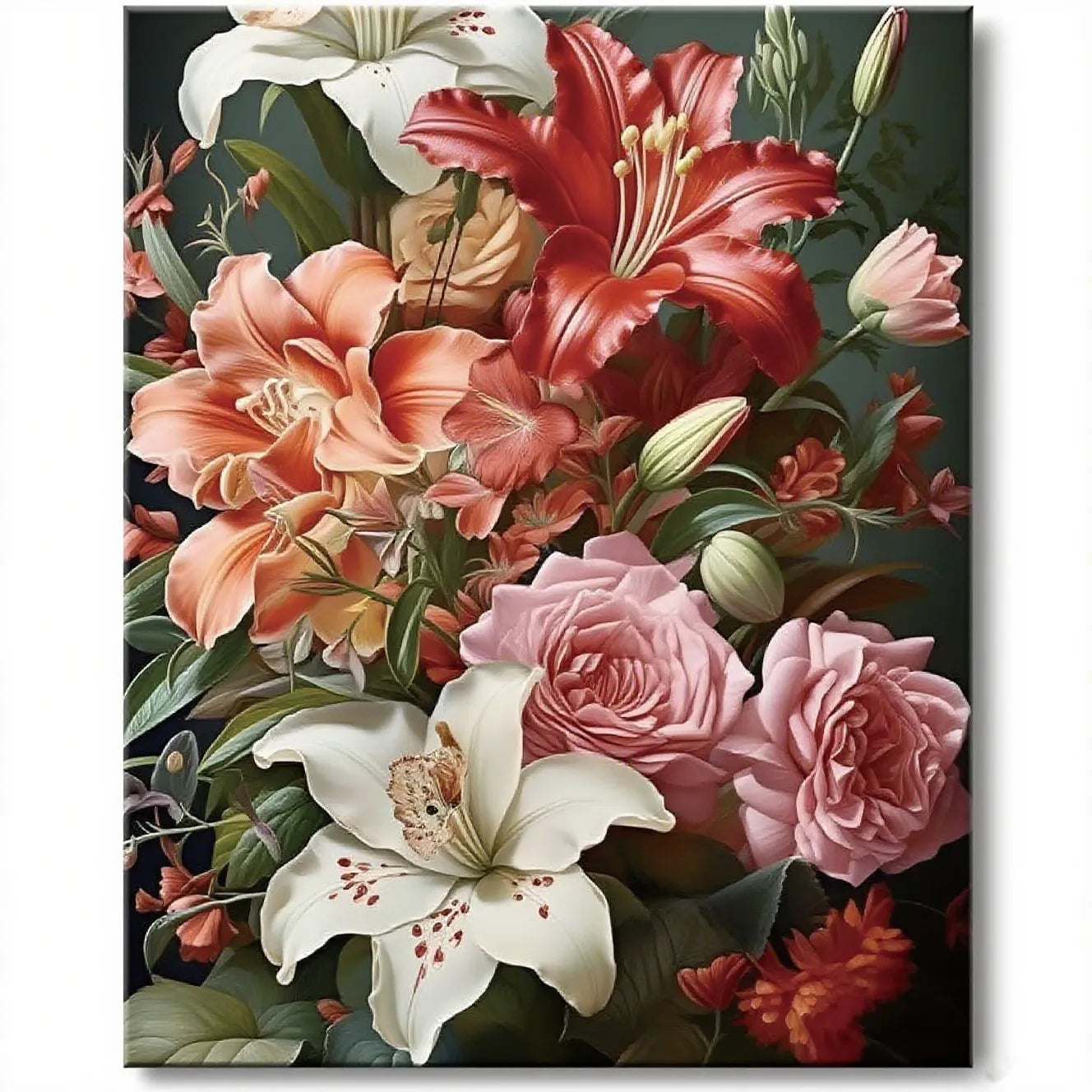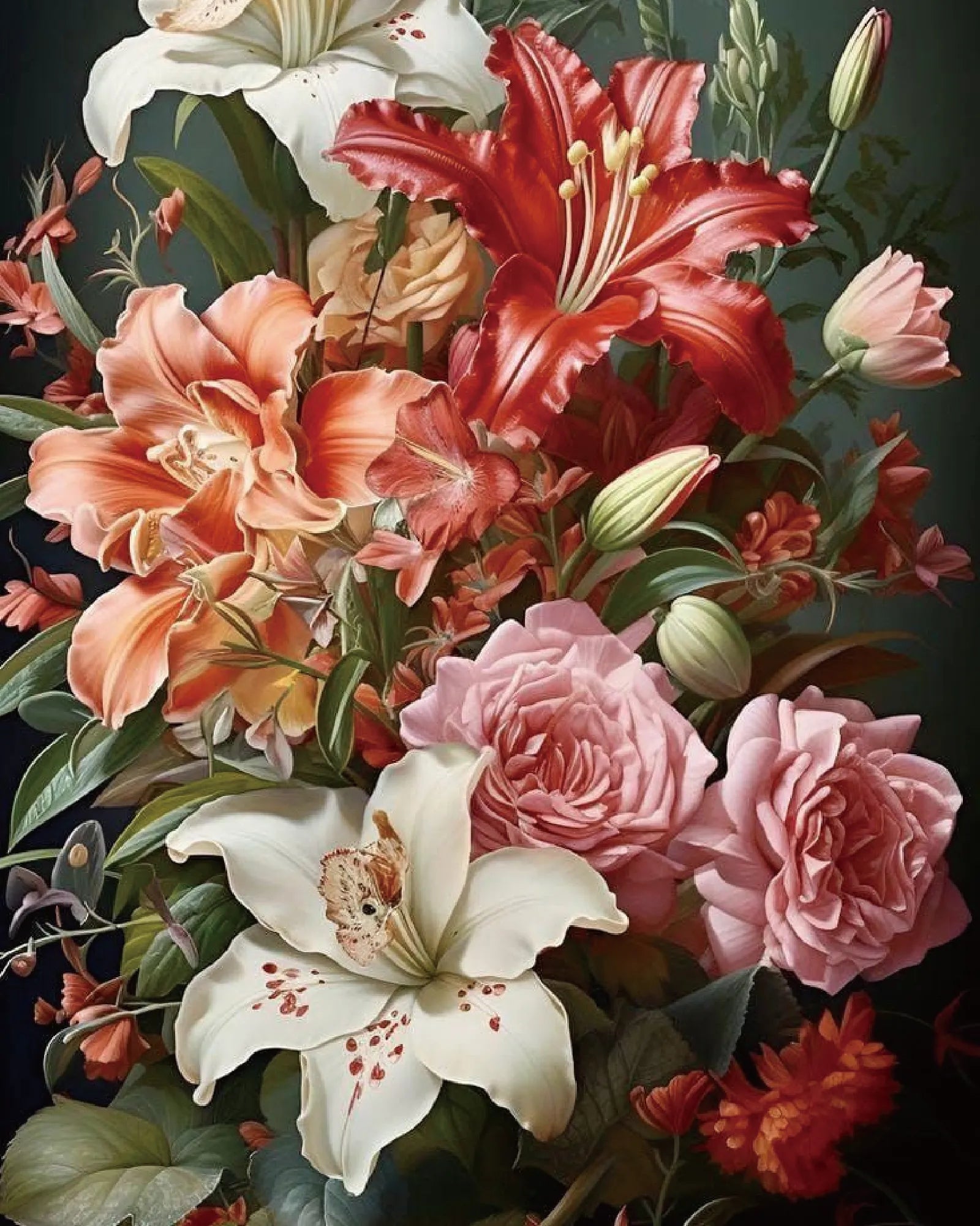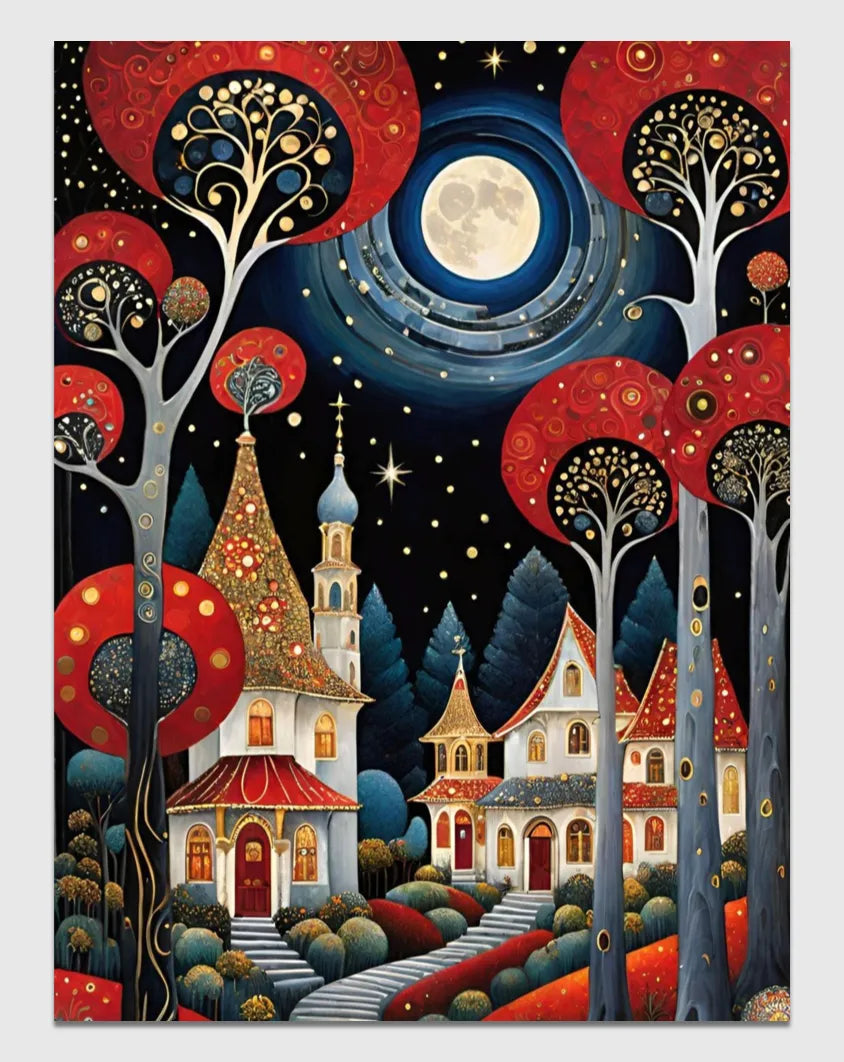Have you ever wondered how your screen bursts to life with millions of vibrant colors? Or why “RGB color” pops up every time you work with digital design tools? Whether you're a seasoned graphic designer or a digital artist just starting out, understanding RGB is essential for mastering your craft. This guide unpacks the type of colors of RGB, exploring how it works, where it’s used, and why it’s crucial in the digital world. By the end, you’ll feel confident leveraging RGB to bring your creative projects to life.
Table of content
Introduction to RGB Color Model
The RGB color model is the backbone of all things digital. Short for Red, Green, and Blue, this model is used to create a wide spectrum of colors by combining different intensities of these three primary colors. Why red, green, and blue? Because they represent the colors our eyes are most sensitive to. Humans perceive color based on light, and RGB is rooted in how light combines to create what we see. This makes it ideal for digital screens and devices, where color is created by emitting light directly. RGB is everywhere—from the glowing pixels of your smartphone to the stunning animations in your favorite video game. If you create for the digital space, mastering RGB is non-negotiable!

How RGB Works
RGB isn’t magic (though it might feel like it!). Here’s a simple breakdown of how it works:
- The Building Blocks
RGB starts with three primary colors of light:
- Red
- Green
- Blue

- Additive Mixing
Unlike paints, which mix subtractively, RGB works through additive mixing. This means colors are created by adding light together. When red, green, and blue light overlap, they produce new colors based on their intensity.
- Full red + full green + full blue = White
- No red, green, or blue = Black
- Red + blue = Magenta
- Green + blue = Cyan
- Red + green = Yellow

This additive process is why RGB works so well on screens, where colors are displayed as combinations of light.
- The 0-255 Scale
Each RGB channel (red, green, and blue) is assigned a value between 0 (no light) and 255 (full light). By adjusting these values, you can create over 16 million colors (256x256x256 = 16,777,216 to be exact). For example:
- (255, 255, 0) = Yellow .
- (128, 128, 128) = Gray .
- (255, 255, 255) = White
Tools like Photoshop or Figma often allow you to tweak these values, giving you precise control over your color palette.
Pick Your RGB Color
To better understand what a color is coded in RGB, try it now.
Input a number in R, G and B, then what color will it be?
Applications of RGB
RGB isn’t just a technical concept; it’s an everyday tool for creating impactful designs across multiple fields. Here's where RGB reigns supreme:
1. Web Design
Designing for websites? RGB is your go-to. Since digital displays use RGB to render color, designing in an RGB color space ensures your colors appear accurately across devices. For example, using HEX codes (like #FF5733) for web elements translates RGB values into a shorthand format browsers can interpret.

2. Digital Displays
RGB is the standard color model for everything on screens:
- Computer monitors
- Flat-screen TVs
- Smartphones
- Tablets
Whether you’re creating visuals for Instagram posts or a YouTube thumbnail, RGB ensures your designs look vibrant on digital platforms.

3. Photography
Digital cameras capture images in RGB color because it closely mimics how we perceive light. When editing photos in tools like Adobe Lightroom, you'll often work in RGB to adjust brightness, saturation, or contrast. Pro Tip for Photographers:If your designs will later be printed, convert them to CMYK (Cyan, Magenta, Yellow, Black) to ensure accurate colors in print. But for digital distribution? Stick with RGB!

4. Animations & Gaming
RGB is integral to animators and game developers, who rely on it to create lush, immersive visuals. By manipulating RGB values, they craft dynamic color effects that bring virtual worlds to life.

5. User Interface (UI) Design
Apps, websites, and digital interfaces all rely heavily on RGB for consistency in visual design. UI designers often use RGB to create accessible, contrast-friendly color schemes that optimize usability.

6. Custom Paint by Numbers
Using RGB values, the colors in these templates are perfectly matched to correspond with the original photo, resulting in a stunning and accurate representation of the image. This process also allows for endless creative possibilities as any image can be transformed into a custom paint by number template.

Key Takeaways for Designers
Now you know how RGB works and where it’s used. But how do you apply it effectively in your own projects? Here are some action points for getting the most out of RGB in your digital designs:
- Use color pickers in design tools like Figma or Photoshop to explore how different RGB combinations interact.
- Test your designs across multiple devices to ensure consistent color representation.
- Learn HEX codes to translate RGB values into web-friendly formats.
- Switch color modes when your work moves from digital to print, ensuring accurate results.
For further mastery, explore online resources about RGB and color theory. Websites like Adobe Color or Coolors make experimenting with RGB color palettes fun and simple.
Elevate Your Designs with RGB Mastery
Understanding the RGB color model isn’t just for tech nerds or code-savvy designers; it’s a fundamental skill for anyone creating for the digital world. Whether you’re designing websites, editing photos, or crafting stunning animations, RGB gives you the tools to make your designs pop. If you're looking to refine your skills or tap into advanced design education, continue exploring, practicing, and letting RGB guide your creative choices. And remember, every professional designer starts where you are now—with curiosity and a willingness to learn. Happy designing!

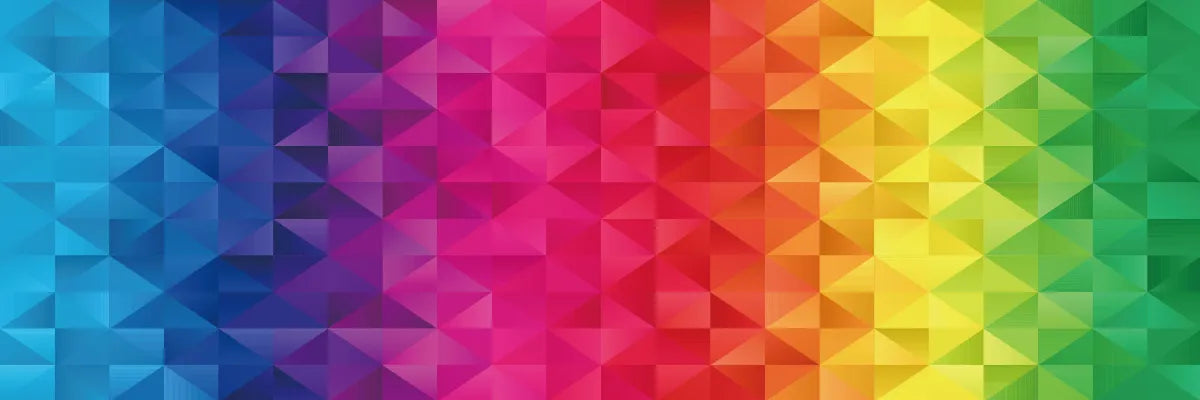
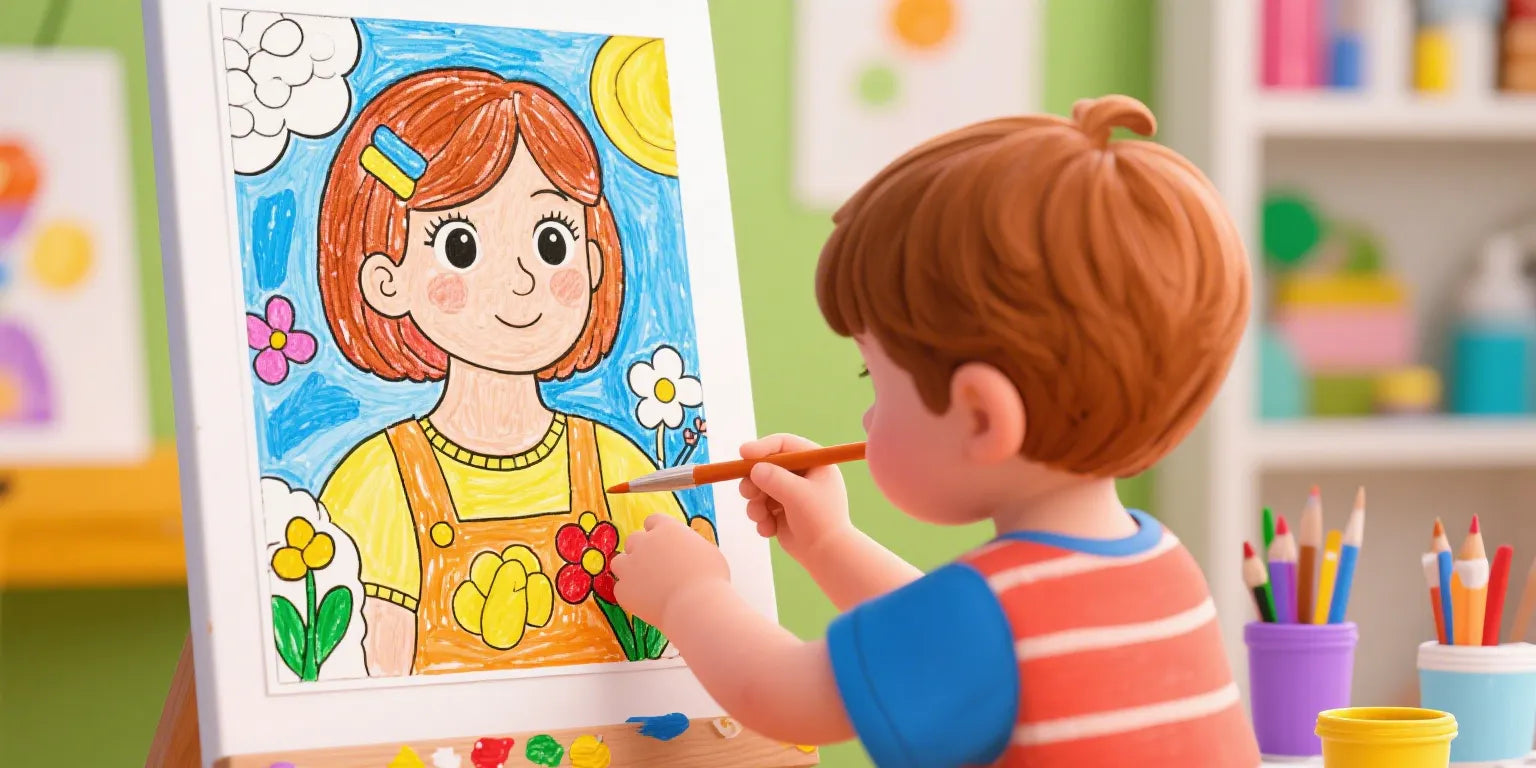
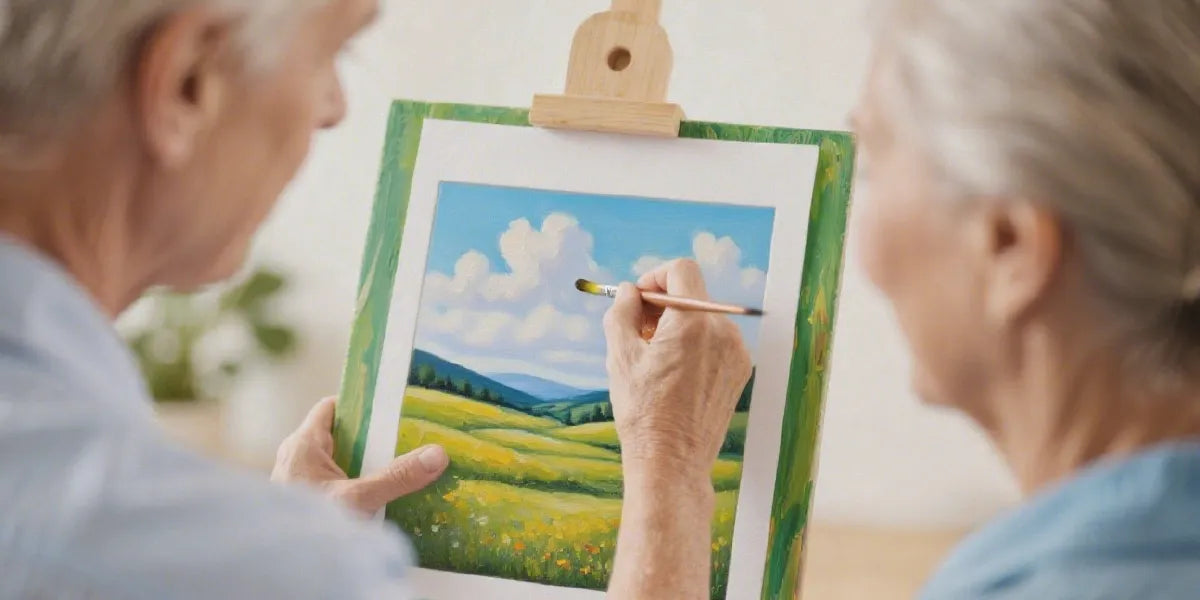
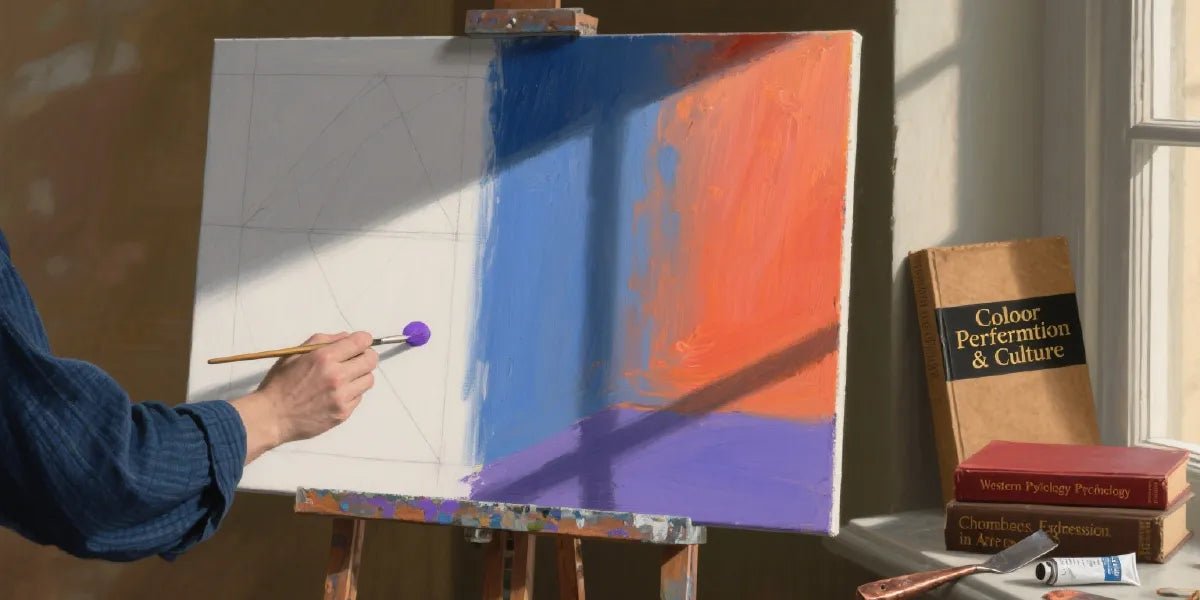
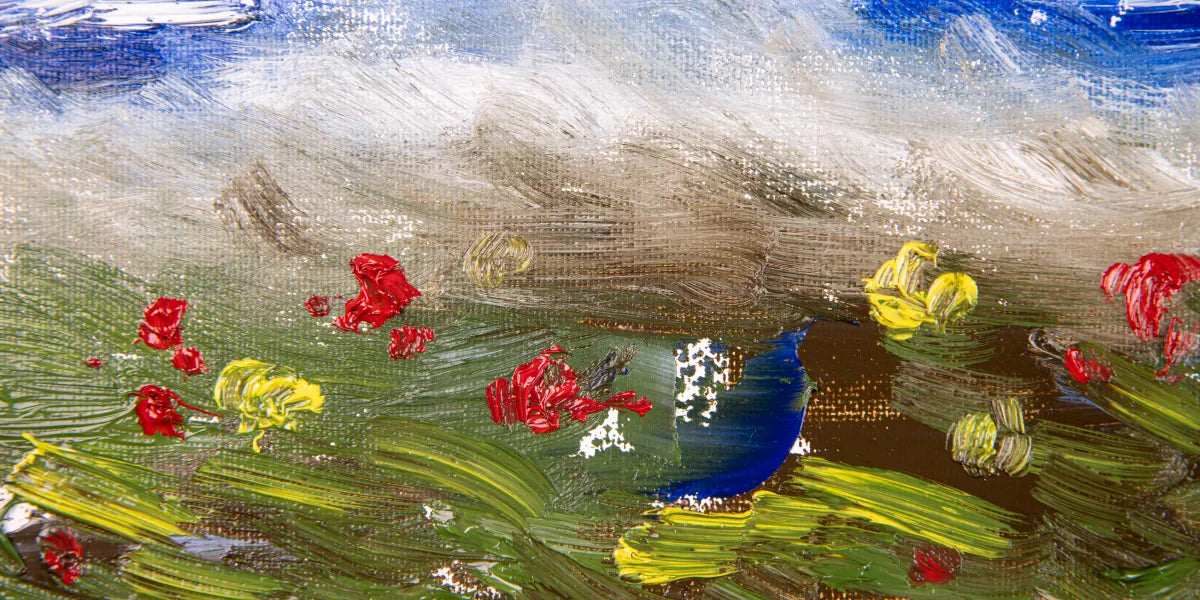
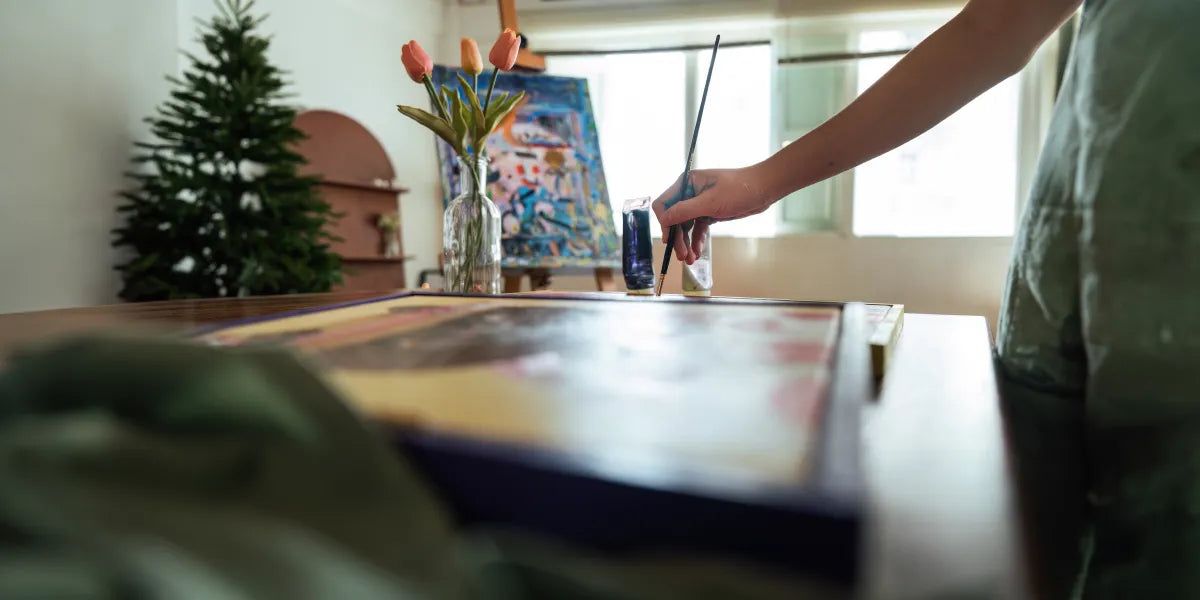
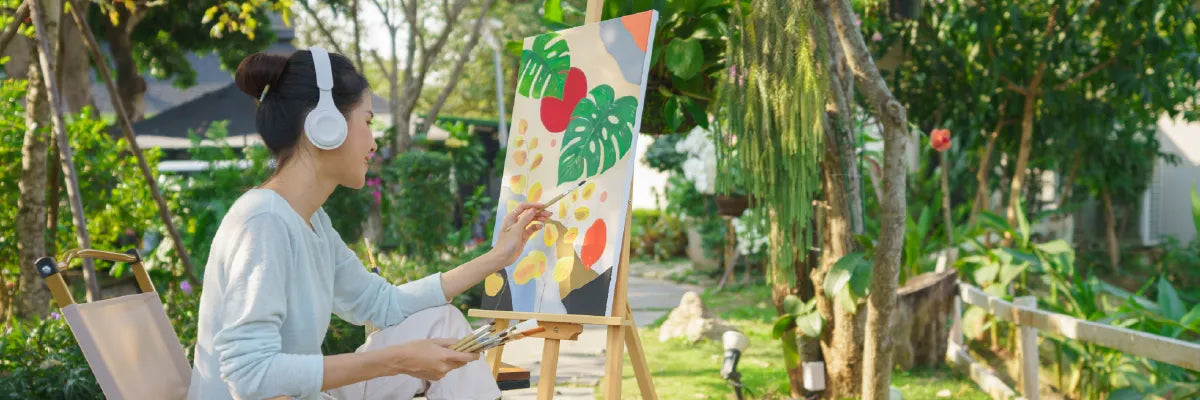
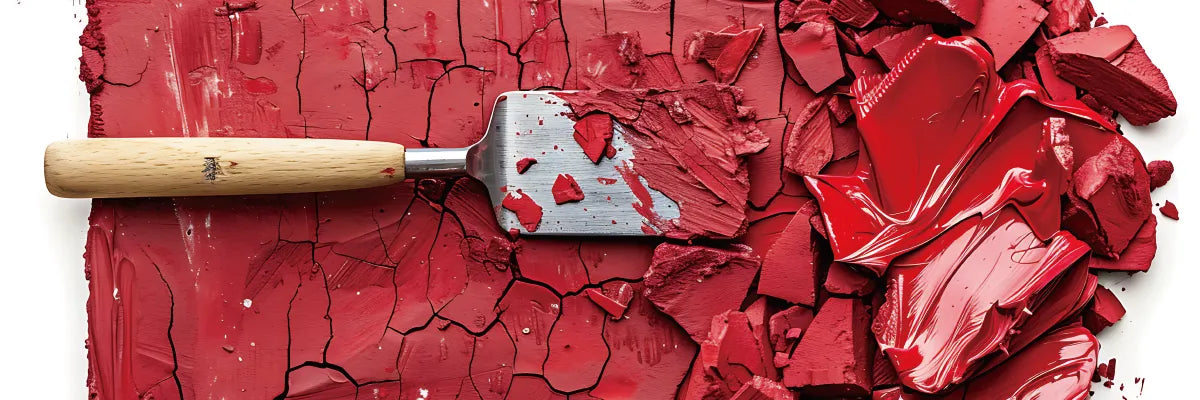
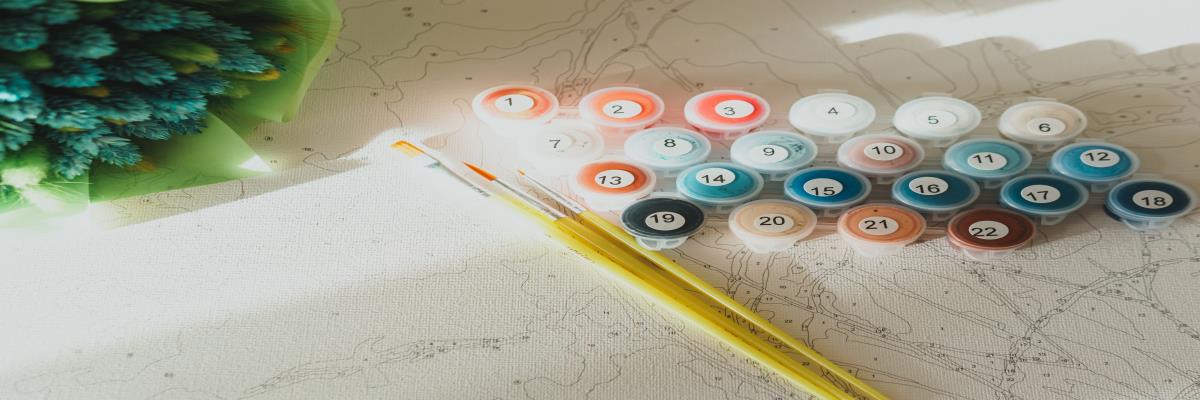
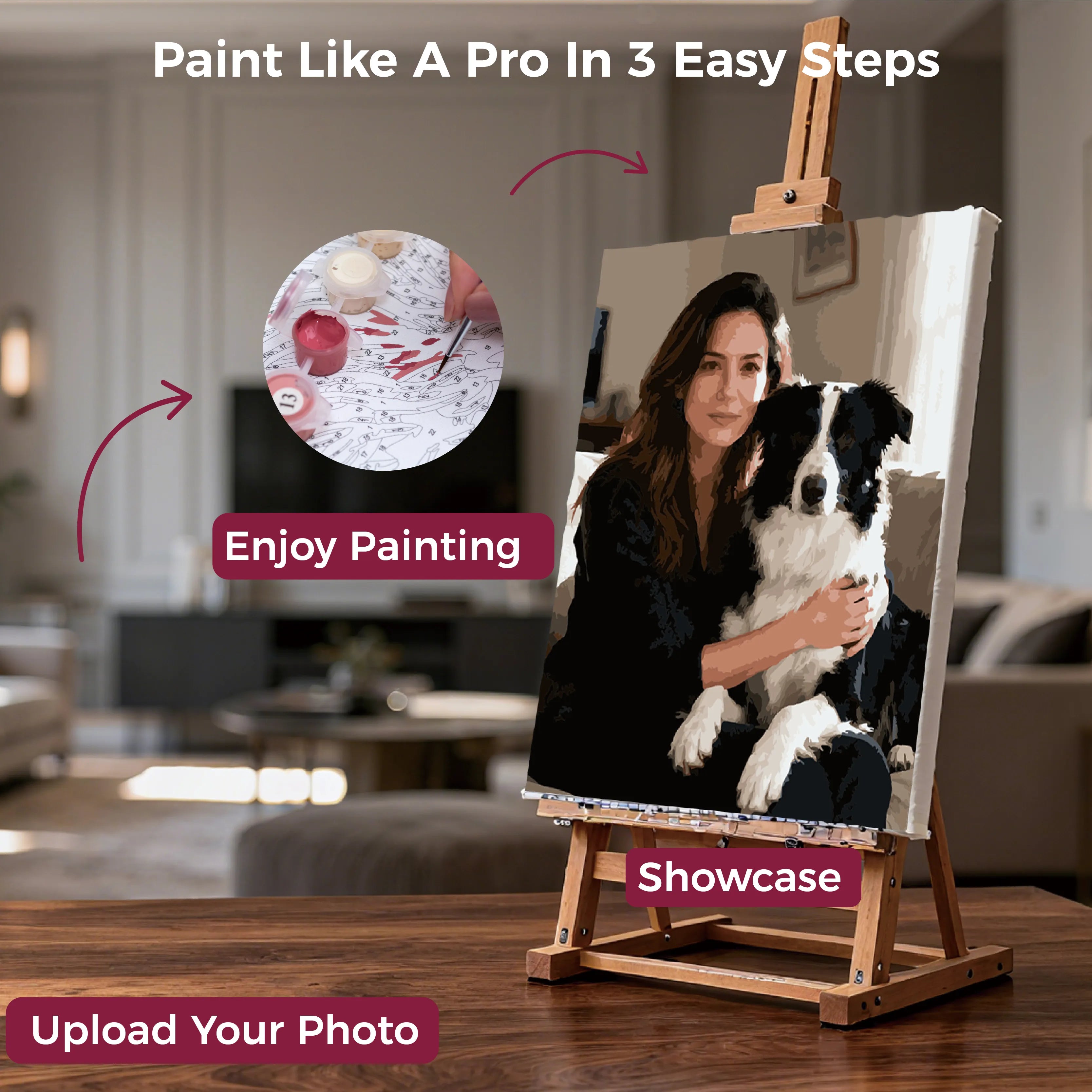

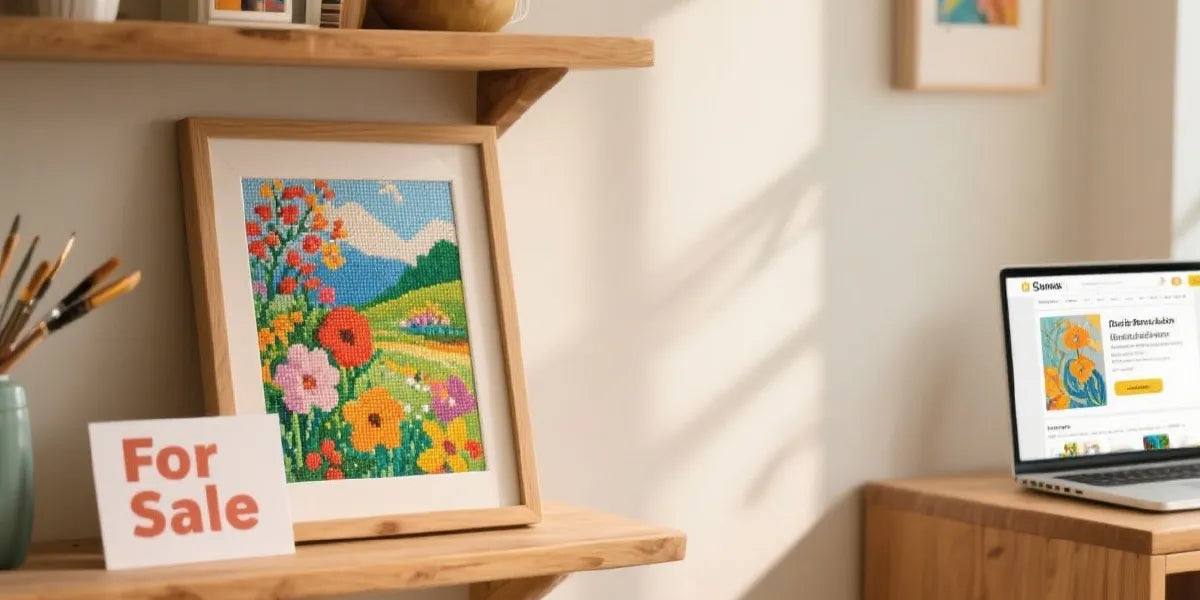
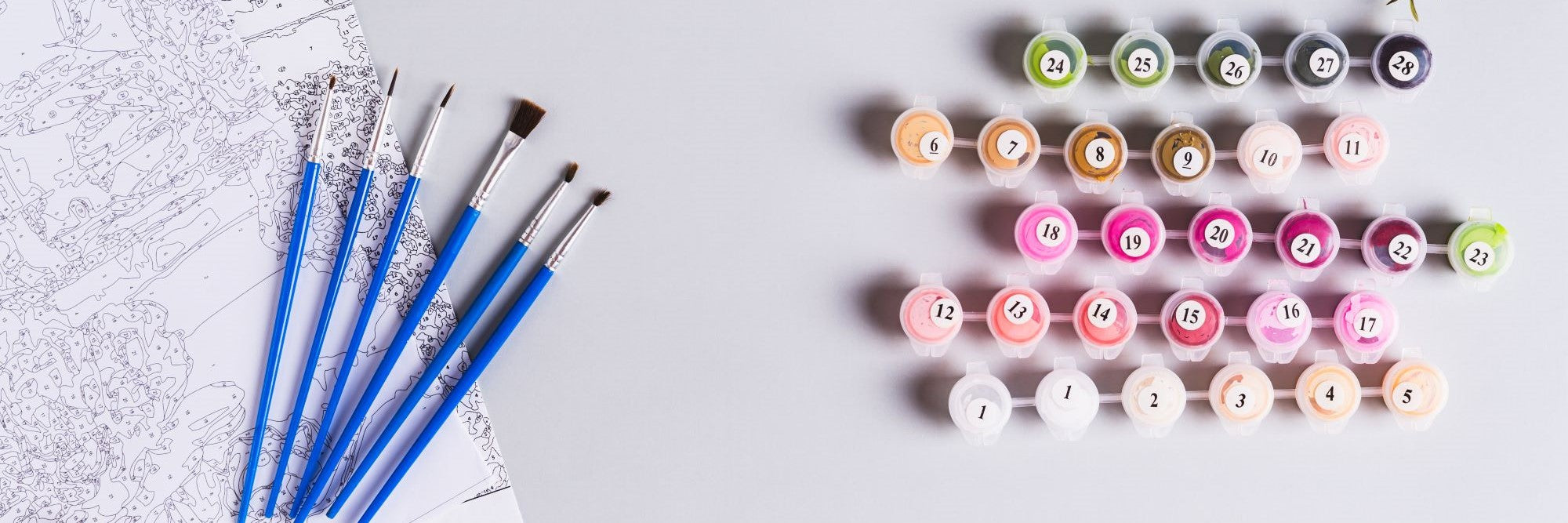

 https://1001canvas.com/blogs
https://1001canvas.com/blogs
